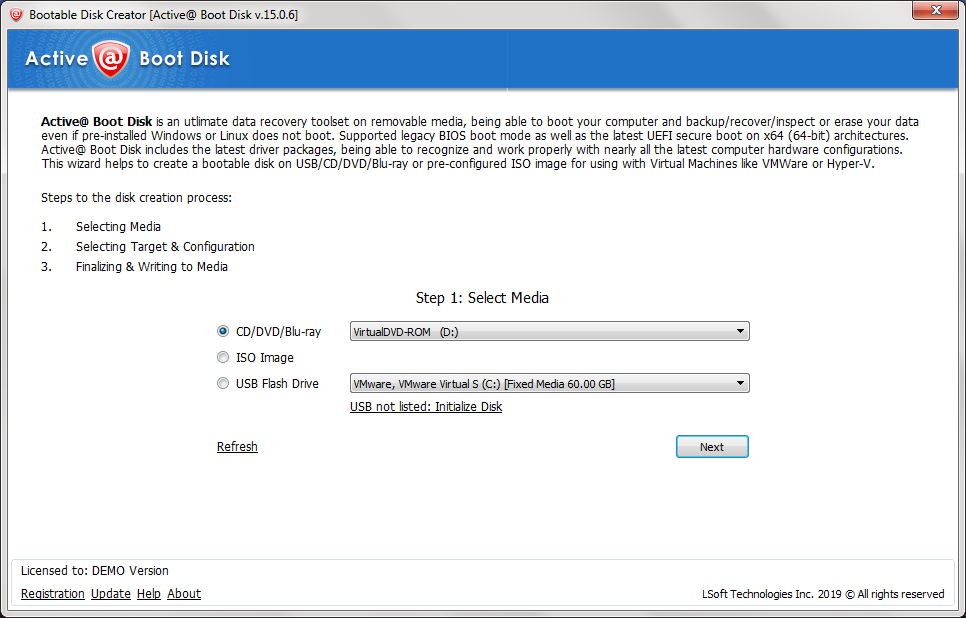
is more stable and can be updated and upgraded without restrictions. It will be easier if you disconnect (unplug) the internal drive before you start installing.Īn installed system (compared to a persistent live system) This would work like an installed system in an internal drive (but maybe slower). Ī good method is to create an installed system in a fast USB 3 stick. You cannot use a new kernel and cannot use new device drivers (for example proprietary drivers for graphics or wifi), because these are started at boot before the overlay system (of the persistent live system) is activated. Install programs like you would install into an installed system, for example to install the package manager Synaptic, sudo apt install synapticĪnd then install the Teamviewer software you want from a debian file (like you would install it in an installed system), Update the lists according to the current content of the Ubuntu repositories sudo apt update Make it active with sudo add-apt-repository universeĭo not update & upgrade like an installed system Many valuable program packages are found in the repository universe, but it is not activated in live standard Ubuntu. 
Please notice that in a persistent live drive You can create such a system with mkusb according to the following links.

A good and easy way to add some software to a live USB stick with Ubuntu is to create a persistent live system, and to install the software into it.






 0 kommentar(er)
0 kommentar(er)
